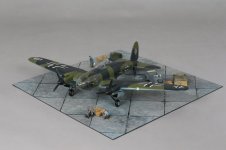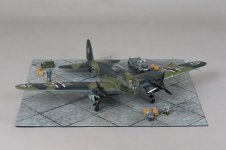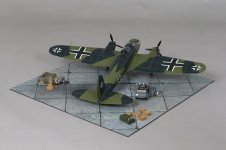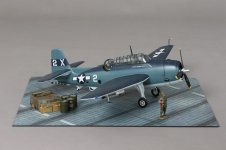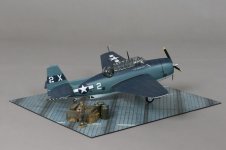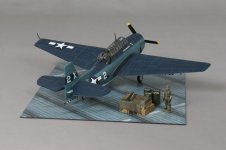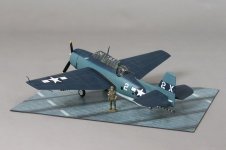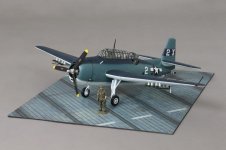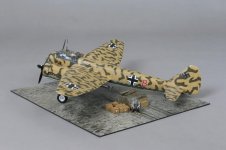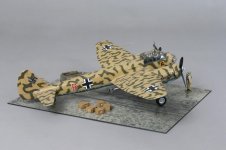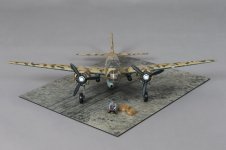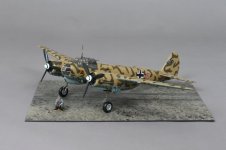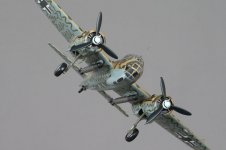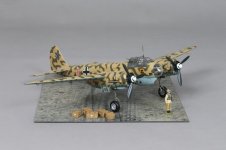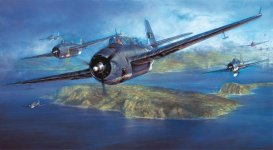Gunn Miniatures
Command Sergeant Major
- Joined
- Jun 18, 2009
- Messages
- 2,719
Future Arrivals
For those of you looking for some new WW1 items I have pleasure in announcing the arrival of a Hansa Brandenburg and an Albatros seaplane shortly. We can take pre-orders on these items now for anybody interested.


That's all for this month, we sincerely hope you enjoy the pictures and would love to hear from you if any of these magnificent models appeal to you. They are all now on our website www.tomgunn.co.uk and can be paid for upfront or over an extended monthly period. All Gunn Club members qualify for a 10% discount on the website listed price, joining is free so well worth registering.
We hope everyone is staying safe and taking care in these troubled times.
Best wishes The Gunn Team
For those of you looking for some new WW1 items I have pleasure in announcing the arrival of a Hansa Brandenburg and an Albatros seaplane shortly. We can take pre-orders on these items now for anybody interested.


That's all for this month, we sincerely hope you enjoy the pictures and would love to hear from you if any of these magnificent models appeal to you. They are all now on our website www.tomgunn.co.uk and can be paid for upfront or over an extended monthly period. All Gunn Club members qualify for a 10% discount on the website listed price, joining is free so well worth registering.
We hope everyone is staying safe and taking care in these troubled times.
Best wishes The Gunn Team


